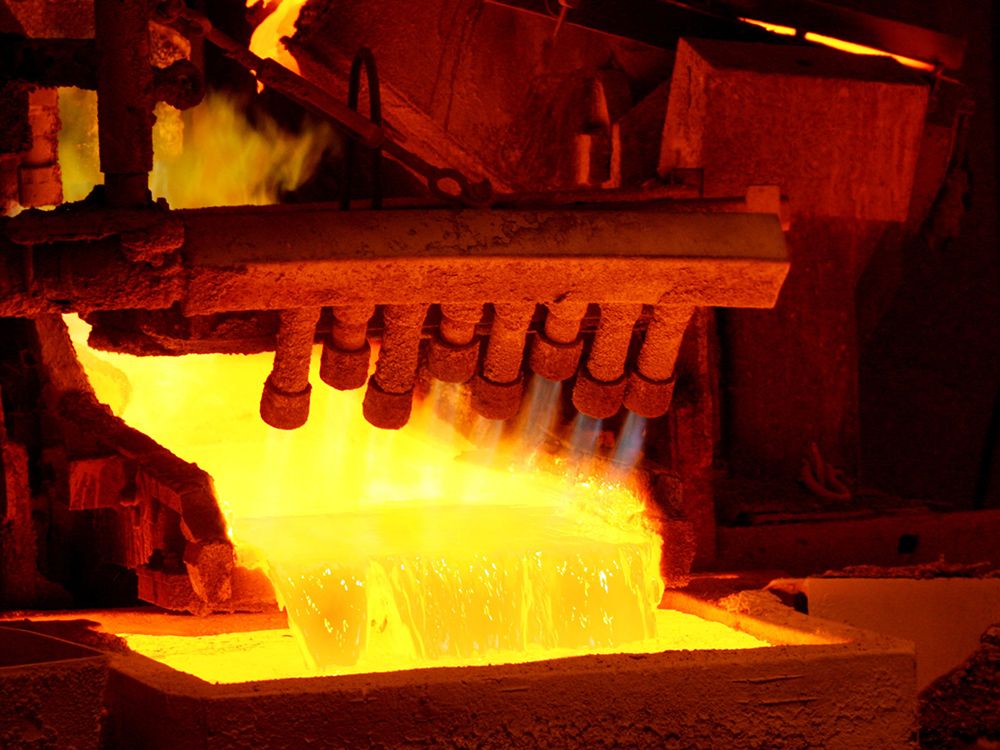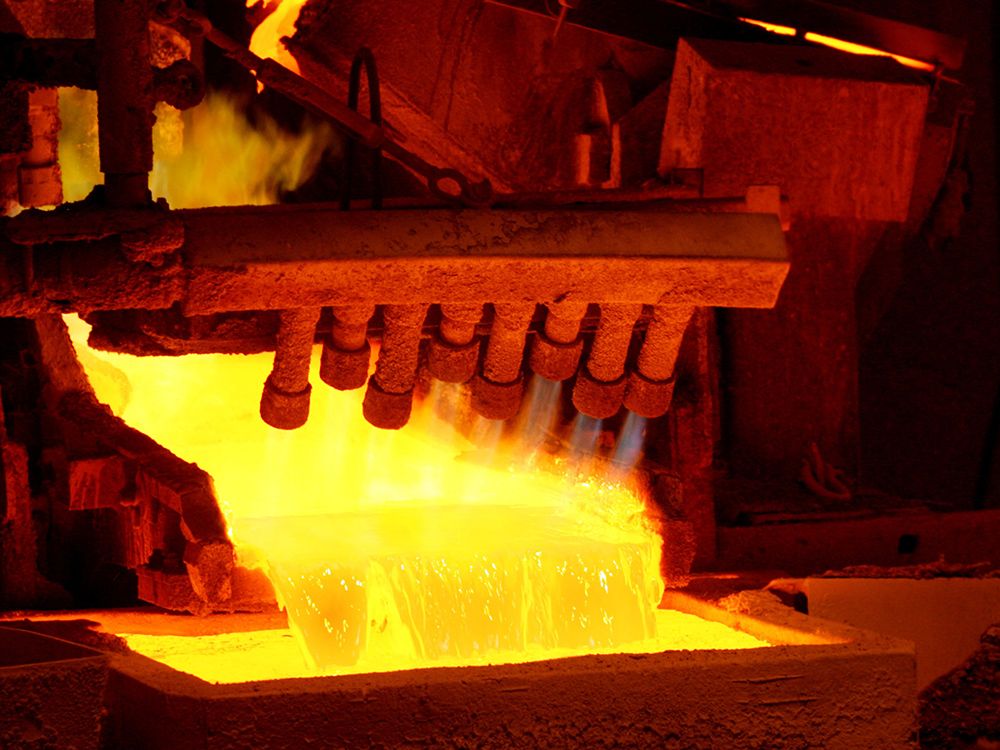
OTTAWA —
U.S. President Donald Trump’s vow this week that he will impose heavy tariffs on copper imports
on Aug. 1 is of particular cause for concern in Quebec, which harbours Canada’s only copper smelting facility and a major refinery that do significant business across the border.
“There’s an impression of déjà vu,” said Emmanuelle Toussaint, president and CEO of the Quebec Mining Association. “Since the start of the year, there have been on several occasions declarations made about tariffs, and some of them have materialized.”
“Our first reaction is to say that we will follow the situation closely,” she added. “We’re really in a context where we are vigilant and preparing for this possibility.”
Industry players told National Post they are keeping a close eye on when Trump will sign an executive order imposing the tariffs, when they will come into force, whether they’ll be at the 50 per cent rate Trump promised, and how they could potentially affect both countries’ deeply integrated structures.
“Today we are doing copper,” Trump declared to reporters covering his cabinet meeting on Tuesday. “I believe the tariff on copper, we are going to make it 50 per cent.”
In February, the president
launched investigations under Section 232 of the Trade Expansion Act of 1962
into multiple products, including copper and pharmaceuticals, citing national security concerns.
The Commerce Department investigation was originally set to conclude by November 2025.
On Wednesday evening, Trump wrote on his social media platform Truth Social the tariffs would be effective Aug. 1.
Pierre Gratton, head of the Mining Association of Canada, said those tariffs would not have a great effect on copper mines, many of which are in British Columbia, as they sell to other markets in Europe and Asia. But he said it was concerning for the “midstream” operators in Quebec who refine and smelt copper.
The province is home to the Horne Smelter in Rouyn-Noranda — the only copper smelter in the country — and to the Canadian Copper Refinery (CCR) in Montreal East. Both facilities are owned by the Swiss multinational Glencore, which declined an interview for this article.
“Canada and the United States benefit from a robust and highly integrated copper supply chain — one that Glencore plays an active part in,” said Fabrice de Dongo, spokesperson for Glencore Canada, in a written statement.
“This is an important issue for our business, and we continue to watch developments closely,” he added.
In essence, Horne Smelter processes concentrate and recycled copper from mining operations and third parties, including from the U.S. The material is then shipped to CCR to be transformed into copper cathodes and sold on world markets, according to Glencore.
The U.S. only has a few active smelters in Utah and in Arizona. Sung Choi, metals and mining analyst at BloombergNEF, said it would take two to three years to build up more American smelting capacity.
Jean-Denis Charest, CEO of the Chamber of Commerce in Montreal East, said that CCR creates more than 1,300 direct and indirect jobs and generates around $300 million in economic benefits for the Montreal region alone.
“Of course, this is worrisome, but at the same time, we have to keep a cool head because there are lots of changes and lots of negotiations at play,” he said of the tariffs. “That being said, what happened in the steel and aluminum sectors is making me a bit more worried,” he said referring to
mass layoffs and production cutbacks in those sectors
after Trump raised tariffs to 50 per cent tariffs on Canadian aluminum and steel in June, from 25 per cent in March.
“We find ourselves in a movie in which we have already played but which is very problematic, and which will weaken our copper supply chains in North America,” Charest said.
The federal government has so far refused to comment on the copper threats until Trump has signed an executive order to enforce the tariffs and more details are available.
Toussaint, from the Quebec Mining Association, said it is still too early to speculate on job losses in Quebec should these new tariffs on copper move ahead. But she said prices are sure to jump if the U.S. imposes them and even more if Canada decides to retaliate. Copper prices this week have already hit record highs in the U.S., surging 13 per cent on Tuesday.
That means a spike in prices for electrical wires, telecommunications and electronic devices, but also plumbing, machinery, and construction materials, Toussaint said.
Prime Minister Mark Carney has already said he is prepared to match tariffs on steel and aluminum should Canada and the U.S. not come to a new economic and security agreement by July 21. But Toussaint said Carney should spare copper from any counter tariffs because the two countries’ supply chains are so heavily integrated.
Charles Cooper, head of copper research at Wood Mackenzie, agreed retaliation would be “counterproductive.” “I think once you start going into tit for tat, in that sense, eventually, everybody’s going to lose out,” he said.
Cooper said Carney probably recognizes that the U.S. might receive some weaker economic news over the next month or so, such as higher inflation numbers, which could make it a lot more difficult for Trump to continue hammering more tariffs.
“Once the reality sort of sets in… it’s a bit of a waiting game as well.”
— With additional files from Tracy Moran in Washington.
National Post
calevesque@postmedia.com
Our website is the place for the latest breaking news, exclusive scoops, longreads and provocative commentary. Please bookmark nationalpost.com and sign up for our newsletters here.
